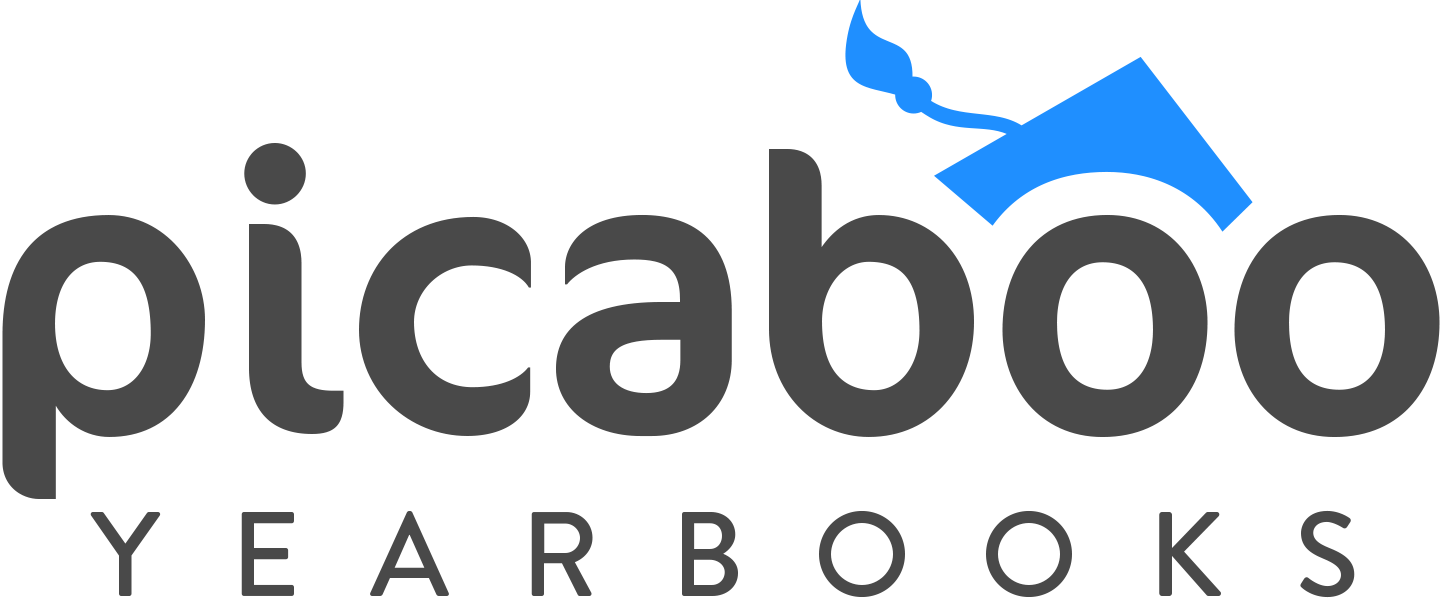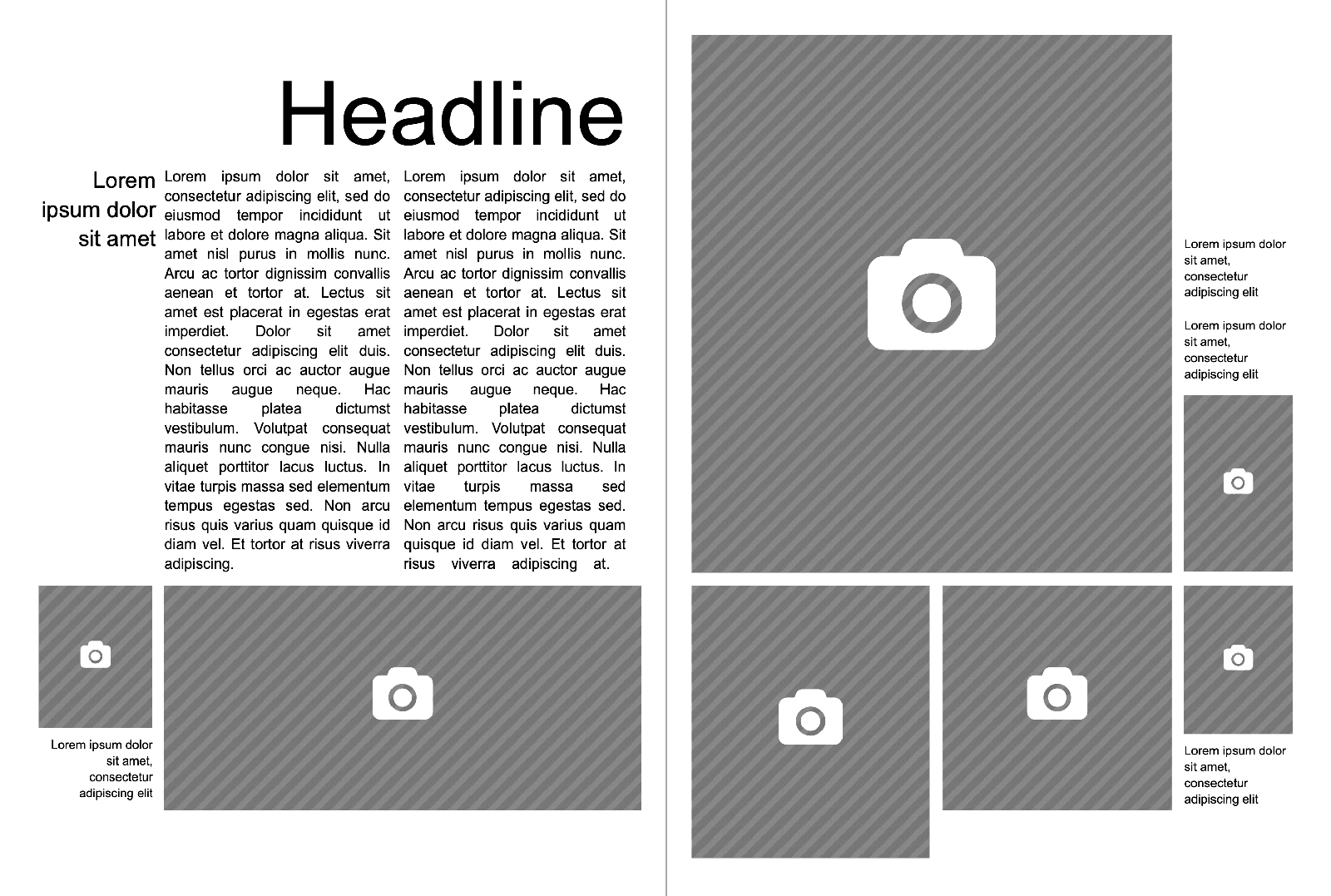How to Make the Yearbook More About the Lives of Students
There’s no doubt the school yearbook is all about the school, it’s culture, the staff and, of course, the students. But what is a yearbook about when social distancing and a pandemic has put clubs, sports activities and other activities on hold. Or when school classrooms and hallways are only at half capacity?
Well, student lives still go on and there individual stories are just as important as they’ve ever been. How are the choir kids keeping their voices sharp while staying distant? Are there students with some inspiring volunteering stories? What did the elementary kids do over the summer to stay busy during quarantine?
If you are scratching your head about what to fill your yearbook with this year, you’re not alone. Consider the following ideas for giving students and their stories a larger presence on the pages of what just might be your school’s most unforgettable yearbook.
Gather Student Stories and Photos
Make it easy for students, parents and staff to send you stories, quotes and related photos to include in the yearbook. There are a number of ways to collect submissions.
Google Forms
Creating a form with Google Forms is a cinch. Visit the form builder at https://forms.google.com and follow these instructions from Google. The form can then be shared via a link. As submissions come in, you can view them in the “Responses” tab from where you first created the form.
You can even include a file upload for the person to submit a photo or two. The submitter will be required to login into Google before uploading photos. The photos will be stored on the Google Drive account you originally created the form with.
QUICK TIP
If you are using Creator StudioTM, then you can import the photos from your Google Drive account directly into your yearbook project. Just choose Google Drive when adding photos to your project in Creator Studio. Then sign in to your Google account and select the photos to import.
Keep the form short. If a form is too long, people will get overwhelmed and not finish filling it out. Remember to require their name and grade so you can attribute the submission to the correct person.
Below are a few ideas for the kind of stories you could ask for:
“Tell us about what you did this past summer”
“Tell us how you and your friends have connected with social distancing”
“Tell us about a time this past summer or since school started where you volunteered or performed service for others”
“Tell us what your favorite thing is about school this year”
“In four sentences, tell us about you”
“Tell us how you would organize distant learning”
“Tell us how you have helped or want to help in fighting racial or gender injustice”
“Any new hobbies or interests”
“New activities you have been doing since COVID began” (ie. more hiking, less concerts)
“How are you practicing your sport”
“How has COVID impacted your life?”
Your form could be longer if you keep a list of easy-to-answer questions like the ones below:
“Favorite movie?”
“Favorite book?”
“Favorite food?”
“Marvel or DC?”
“Cats or Dogs?”
“Cake or Pie?”
Parent Ads or Dedications
Has your school sold parent ads or dedications in past years? This is a perfect way to tell the stories of your school’s students. When promoting the sale of these ad spots to parents, encourage them to tell the school more about why their student is the coolest kid on earth.
Were the parent dedications in your previous yearbooks only available to Seniors? Open them up to other grades too. Consider lowering the price of the quarter- or half-page ads to encourage parents to fill the space with more storytelling and photos.
QUICK TIP
If you use Creator StudioTM, then you can enable Parent Ads, manage the prices and send a link to parents where they can buy the ad and design it themselves with the online Parent Ads designer. Learn more about Creator Studio’s Parent Ads.
Collect Content with Hashtags
Social media hashtags can be an effective way for curating content. Here’s how:
Come up with a hashtag.
Example for Jefferson High School: #MyJHSYearbookStory
Make the hashtag unique so you don’t get content from people outside your school.
Be sure to include the hash (#) symbol at the beginning.
Share the hashtag out to your school community with instructions on how to use it.
Example: “Hey JHS, tell us how you and your friends have connected while social distancing. Use hashtag #MyJHSYearbookStory to have your story featured in the yearbook.”
Tell your community where you will be looking for the hashtag: Facebook, Twitter, Instagram.
On the designated social networks click on your hashtag or search for it to see all the posts that have used it. Copy or download the content and add it to your yearbook project. Remember to credit the author’s username or name.
Get the Word Out
Once you have a tool for gathering story and photo submissions, find more than one way to request responses. Oftentimes in marketing it takes hearing the same message several times in different formats before it’s acted on. Try all or most of the following ideas to get content submissions:
Get help from other staff and teachers. Check with English and writing teachers to see if they can make this a writing assignment for their students. They may already be writing memoirs or journals in these classes anyway. Why not share their experiences and stories in the yearbook?
Include in the school newsletter or send as separate email to school email list.
Post on school social media accounts.
Distribute flyers to homerooms to be sent home with students.
Hang up flyers around the school.
Putting it All together
Once you have a collection of stories, quotes and photos, how will you present it all in the yearbook? It may depend on what types of stories or quotes you collected. For example, if you had students respond to “Tell us how you would organize distant learning,” then consider having a section of your book including these responses along with a breakdown of how your school handled distant or at-home learning.
You may decide to scatter responses through the yearbook or break up the responses into their individual grade sections.
Page Layouts
Below are a few layout ideas for presenting photo and story submissions.
Yearbook Theme
Since we’re talking about making this year’s yearbook all about the stories and lives of the students, why not make that the cover and theme of the book?
A yearbook’s theme helps tell the story of the year, unifies the book and gives it a plan.
Try this theme out for size: “Tell yOUR Story”
The shared stories of individuals (“your”) found in the yearbook make up the larger story of the school’s community (“OUR”).
Your cover could lead with this phrase (“Tell yOUR Story”) and include a graphic that shows individuals that make up a larger crowd. Throughout the book, the theme could continue with headlines like “All for One, One for All”, “A Reflection of yOURself” and “These Are a Few of OUR Favorite Things.”
Go For It!
Now that you have some ideas to gather stories from your school, make this year’s yearbook something to be cherished. After all, this year is one not to be forgotten!





